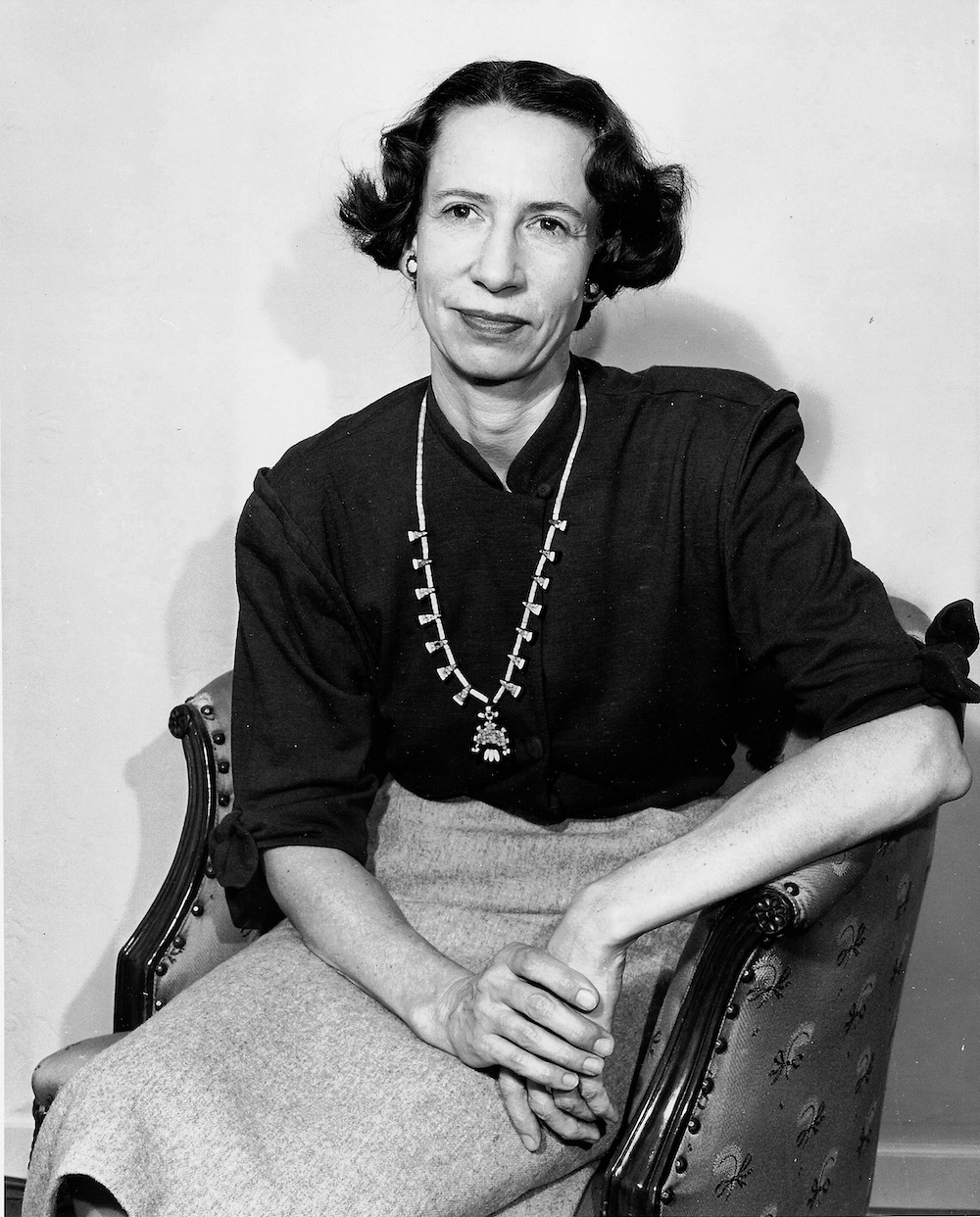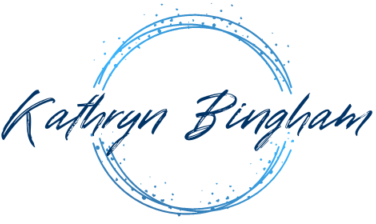Creator of Magical Experience: Ruth Shellhorn

Few people get the invitation to contribute to the making of a film. Ours arrived in the mail a couple of days ago. Before I share more on the filmmaking, let me tell you a story about an incredible woman … If you are one of the 650 million plus visitors to Disneyland since the gates first opened in 1955, you have unknowingly been exposed to Ruth’s vision.
Familiar Places, Iconic Spaces
Ruth Shellhorn’s life and work offer an important leadership case study of women who served as pioneers of their profession. Early on, I had no idea the woman I knew as Ruth Kueser—a dear friend of my parents from their church—made such a significant impact on environmental spaces I took for granted in my youth. Over time, I learned how this highly acclaimed, award-winning landscape architect created and influenced the Southern California aesthetic. Familiar landmarks include shopping malls anchored by what used to be Bullock’s department stores, University of California at Riverside, El Camino College, and the iconic Disneyland.
A mere three months before Disneyland’s opening on July 17th, 1955, Ruth was hired by Walt Disney to serve as liaison between the “art directors” of each of the theme park’s original five “lands”—Tomorrowland, Fantasyland, Adventureland, Frontierland, and Main Street, U.S.A. She was the only woman on the creative design team. Almost inconceivably, at that late date, the park lacked a cohesive plan for pedestrian circulation—how guests would move about the park and experience the visual transitions between the lands. Ruth ultimately crafted plans and designs for the entry, Main Street, the pedestrian circulation, and more. One of my favorite images from this project captures Ruth and Walt Disney, standing amidst nothing but rolling dirt and construction debris, discussing ideas for the hardscape and landscape. In the background, we see the completed Frontier Station structure. What amazes me, having stood in—perhaps—that exact spot many times, is the date of the picture: July 2nd, only two weeks prior to opening day. I was not surprised to discover 1955 was the year the Los Angeles Times named Ruth “Woman of the Year”—the occasion of the portrait, featured above.
Technical Learning & Sponsorship
Shellhorn’s body of work spanned a career of nearly 60 years. A contemporary of my grandmother, Ruth faced initial challenge of social conventions where women were considered less able and ought to remain at home, especially as to not take roles from men. My mom shared a story she heard from Ruth regarding her time at Cornell University in the early 1930s. Although she received recognition for her work, Ruth was perpetually told she didn’t have sufficient credit to confer the actual degree. She finally left the university to return home and begin her practice. In fact, when Cornell audited her units decades later, Ruth had actually earned two degrees. In 2005, the university belatedly awarded her bachelor’s degrees in both architecture and landscape architecture.
In contrast to convention, Ruth also benefited when influential men in and out of the profession mentored and sponsored her. In one of her biographical works on Ruth, Kelly Comras—fellow landscape architect—describes four key individuals who supported Ruth’s career through mentoring, providing early opportunities and exposure to challenging work, and highly visible roles that brought publicity to her practice: Ralph D. Cornell (landscape architect), Welton Becket (architect), P. G. Winnett (businessman), and Walt Disney.
Legacy
Comras arranged for UCLA’s Special Collections to provide a home for Ruth’s professional documents—about 400 boxes—that were made available for ongoing research. Comras organized Ruth’s comprehensive collection of drawings, diaries and papers and interviewed Ruth extensively, first as a graduate student in the 1970s and again after Ruth’s retirement in 1990. Comras notes Shellhorn’s breadth included, in addition to her commercial work, “large scale coastal planning; city and regional park designs; a number of university, college, and high school campuses; and more than two hundred private gardens and estates.”1 Post retirement, Ruth designed the landscaping plan for friends who live in Palos Verdes Estates. I believe this was one of the last projects Ruth worked on.
I recently asked Comras to share her thoughts about Ruth’s work. In her words, “Shellhorn brought the best of what landscape architecture is all about to her work. She had an artistic sensibility that was perfectly combined with the engineering and mathematical skills that make a project … beautiful, workable and emotionally memorable.” Responding to what three words best described Ruth, Comras shared:
- Principled, because she always put the needs of her clients ahead of all other considerations. Unlike some other mid-century practitioners, she never imposed a particular style on her landscape designs but, instead, put the client, the land and the program at the front of her work.
- Devoted, because she gave her clients her all, and her clients loved her back. She had the courage to order the re-pouring of whole plazas of improperly poured concrete; she spent an entire day moving trees on cranes with impatient operators so that the trees were set just right. She was a landscape architect’s landscape architect – the one a landscape architect would choose.
- Empathic, because she took the time and trouble to study how people FELT; the people who lived in her gardens, strolled across her campuses, shopped at her shopping centers and played at Disneyland could sense that they were in a place that was special.
Comras observed, “She was completely committed to high-quality design, implementation and maintenance of her projects and became known as a quiet fanatic for detail. I have taken her commitment and focus as a guiding light in my own life, both personal and professional.”
Leadership
Here are but a few leadership take-aways I’ve gleaned from Ruth Shellhorn’s life and work:
- Ruth built relationships, rather than simply making connections, and always delivered her very best. This opened doors early in Ruth’s career and enabled her to develop a thriving practice.
- She was stakeholder centered. With clients, for example, this quality allowed Ruth to create environments reflecting the characteristics and needs of the people who would use the space.
- Ruth continuously learned and developed In addition to her architectural and landscape architect training, she learned municipal planning, planting for permanence and in-depth knowledge of California’s native plants, and more. As a result, her work and designs continue as a legacy.
- Ruth demonstrated courage and authenticity. Story after story from both my mom and Comras’ research offer examples of Ruth making decisions on principle (like the concrete removal and tree placement described above).
Ruth didn’t view her success within a male dominated profession as remarkable. “I just did it,” is a statement I recall from one video of Ruth being interviewed. Ruth Patricia Shellhorn died in 2006, at age 97. She continues to serve as inspiration.
Few people get the invitation to contribute to the making of a film. Today is your day. The Library of American Landscape History (LALH) is raising funds to craft a 12-minute documentary on Ruth and needs $15,000 by September 30th. If you’re inspired by Ruth Shellhorn, click this link to LALH, then click “donation” from the list of menu items in the sidebar on the left of the page. When the new page opens, complete the form and be sure to check the “This donation is in support of the Ruth Shellhorn film” option under Donation Preferences.
Who is a leader whose life and work inspire you? Create conversation by commenting on the LEADistics Facebook page (look for the link to this post). Share using your favorite social media!
1Sources of biographical data include correspondence with Kelly Comras, along with her chapter, “Ruth Patricia Shellhorn: Mid-century living in the Southern California Landscape,” within the book, “Women, Modernity, and Landscape Architecture” (2015, editors: Sonja Dümpelmann and John Beardsley, Routledge). Kelly has a new biography of Ruth being released in 2016.
Thank you for visiting Dr. Kathryn Bingham’s blog! We invite your discussion at LEADistics’ community page. Fans and honest critics are welcomed! Please see our Comments Policy and reuse Permissions on the FAQ page. All posts are covered by copyright law, with all rights reserved.
Social Share
Recent Posts
LeadUP! Juana Bordas
This LeadUP! Conversation features Dr. Juana Bordas, president of Mestiza Leadership International and author of newly updated The Power of Latino Leadership (listen or watch here). Bordas shares how her immigrant experience shaped her leadership. [...]
Power of the Pivot
The idea seems simple. When something isn’t working, just change. Shift. Adapt. But our brain sabotages the effort. We’re convinced that if we just do better or try harder with our current path or process, [...]
LeadUP! Andrea DeWitt
In this LeadUP! episode, Dr. Kathryn Bingham and author Andrea DeWitt talk about her new book, Name, Claim & Reframe and how individuals can step into their power, their potential, and their truth. Both the [...]





